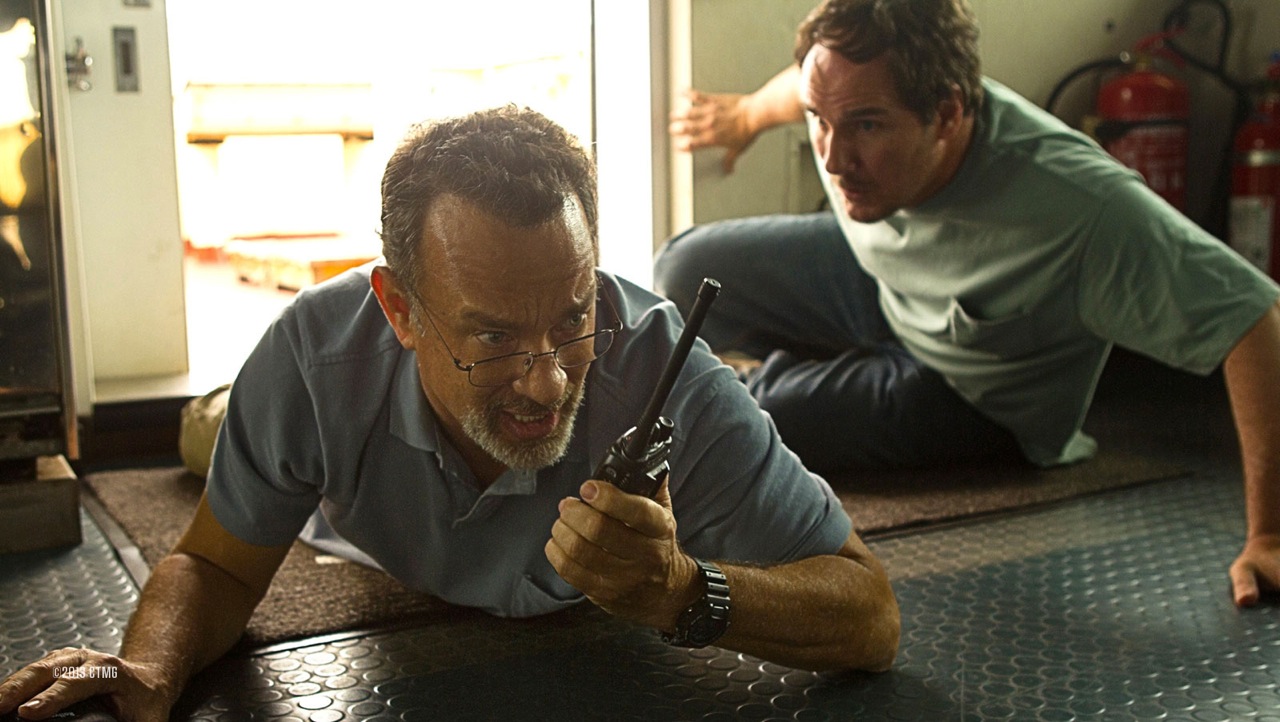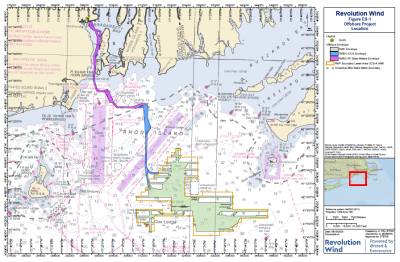The story of the Maersk Alabama got weirder this week with reports that two ex-Navy SEALs acting as private security contractors onboard the infamous ship were found dead of respiratory failure in their cabins while she was docked in the island nation of Seychelles.
It’s too bad for the director of the movie “Captain Phillips” that he couldn’t have included this epilogue in the potboiler he made of the ship’s hijacking in 2009 and its captain’s role.
No one today believes that when Hollywood touts a movie as “based on a true story,” there’s any truth either in the movie or the claim. But when story after story emerged showing Capt. Richard Phillips as anything but the hero Tom Hanks portrayed, and the plotline as anything but a pastiche of the real events of the hijacking, the director, Paul Greengrass, was forced into a lengthy and obfuscative defense of the movie’s veracity on reddit.com. His defense is long on generalities and short on anything else.
There were many accurate portrayals in the movie, especially of the ship itself. The movie was shot on a ship very similar to the Maersk Alabama, and the crew behaved generally as U.S. mariners do. There are a couple of unfortunate and inexplicable mistakes, like when Capt. Phillips talks about the “fuel bunkers,” which is like saying “the front bow.” At another point, he tells the crew to “hide behind the cylinders,” which means to hide behind the main engine. And when he tells a pirate that he’s got a clip in his gun, he makes the common media error of confusing a clip with a magazine. When you put $100 million into a movie, you should be able to get these things right.
But the portrayals of the pirates were generally accurate, and the producers were wise enough to use actual Somalis for actors. This is in contrast to the other famous Somali-themed movie, Blackhawk Down, which used Africans who have distinctly different facial types, to portray Somalis. But there were some small, careless errors. The Somali pirates were shown chewing the leaves and stems of the drug khat, while only the bark is actually chewed (I’ve tried the stuff. I don’t recommend it). I do like the fact that the director chose not to subtitle the Somalis’ dialogue. It helps the audience identify with the captain and crew.
But the portrayal of Capt. Phillips as a safety-conscious, caring captain is in stark contrast to the man described by his crews. According to reliable reports, Phillips neglected to lock the bridge’s doors even after the pirates were onboard. And there are other disconnects: Phillips was apparently generally disliked by his crews, who described him as “sullen, self-righteous, and arrogant.” Certainly, his angry demeanor in the television interviews I’ve seen have reinforced this description.
Then there were the unsavory reports that he claimed to have offered himself as a hostage in exchange for the safety of his crew, something that, according to Businessweek.com, “(he) later acknowledged was a falsity.” This falsehood is repeated in the movie, when the Hanks character tells the pirates repeatedly that if they have to shoot someone, to shoot him. The website historyvshollywood.com, claims that never happened.
None of this is to say that Capt. Phillips is a bad man, or that “Captain Phillips” is a bad movie. The movie drags in places and is certainly not a balanced portrayal of the Somali people, whom I found during my four months in the country to be hospitable, honorable, and dignified. But to paraphrase the Greek playwright Aeschylus, “In Hollywood, the first casualty is the truth.”





